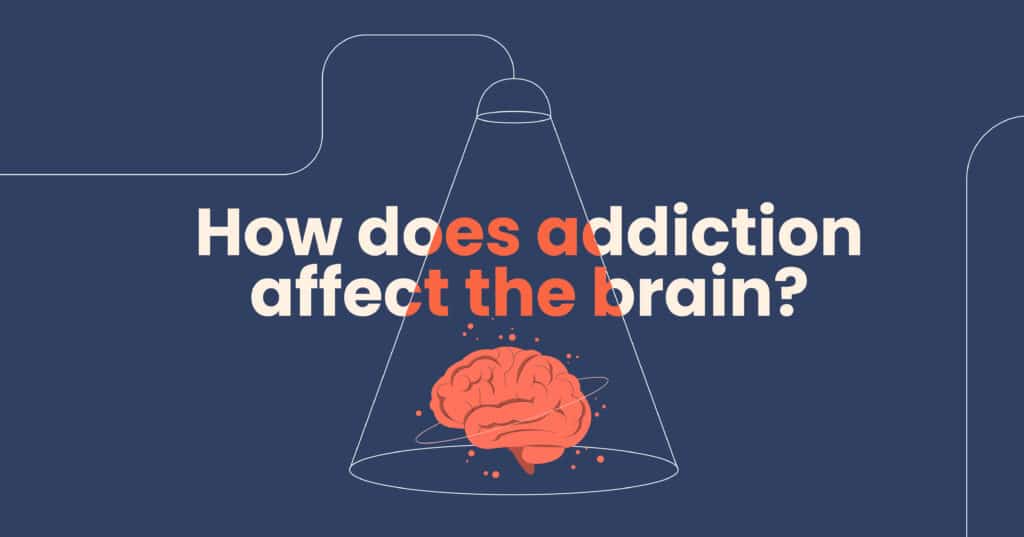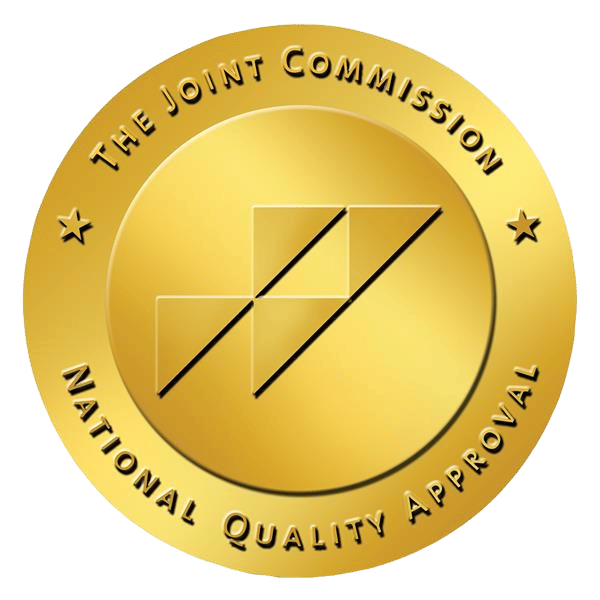
Addiction is difficult to overcome because it alters your brain and your desire to quit. On the other hand, understanding the causes of your addiction can help you break it.
Addiction is characterized by an intense craving for something, a loss of control over its use, and continued involvement despite negative consequences. Addiction alters the brain by altering how it registers pleasure and corrupting other normal drives like learning and motivation. Although overcoming an addiction is difficult, it is possible.
What causes addiction?
The term “addiction” comes from a Latin term that means “enslaved by” or “bound to.” Anyone who has struggled to overcome an addiction or attempted to assist someone else in doing so understands why.
Addiction has a long and powerful influence on the brain, manifesting itself in three ways: craving for the object of addiction, loss of control over its use, and continued involvement with it despite negative consequences.
For many years, experts believed that only strong drugs and alcohol could cause addiction. However, recent research and neuroimaging technologies have revealed that certain pleasurable activities, such as gambling, shopping, and sex, can also co-opt the brain.
Although a standard U.S. diagnostic manual (the Diagnostic and Statistical Manual of Mental Disorders, Fourth Edition, or DSM-IV) describes multiple addictions, each associated with a specific substance or activity, consensus is emerging that these may be multiple manifestations of a common underlying brain process.
Nobody sets out to develop an addiction, but many people become entangled in its web. Take a look at the most recent government statistics:
- Almost 23 million Americans, or nearly one in every ten, are addicted to alcohol or other drugs.
- More than two-thirds of those suffering from addiction abuse alcohol.
- Marijuana, opioid (narcotic) pain relievers, and cocaine are the top three drugs that cause addiction.
When researchers first started looking into what caused addictive behavior in the 1930s, they assumed that people who developed addictions were morally flawed or lacked willpower. They believed that overcoming addiction entailed punishing miscreants or, alternatively, encouraging them to muster the will to break a habit.
Since then, the scientific consensus has shifted. Addiction is now recognized as a chronic disease that alters both brain structure and function. Addiction hijacks the brain in the same way that cardiovascular disease harms the heart and diabetes harms the pancreas. This occurs as the brain undergoes a series of changes, beginning with pleasure recognition and ending with a desire for compulsive behavior.
How does addiction affect the brain?
All pleasures are registered in the same way by the brain, regardless of whether they are the result of a psychoactive drug, a monetary reward, a sexual encounter, or a satisfying meal. Pleasure is marked by the release of the neurotransmitter dopamine in the nucleus accumbens, a cluster of nerve cells located beneath the cerebral cortex (see illustration). Dopamine release in the nucleus accumbens is so strongly linked to pleasure that neuroscientists refer to it as the brain’s pleasure center.
From nicotine to heroin, all drugs of abuse cause a particularly powerful surge of dopamine in the nucleus accumbens. The likelihood that a drug or rewarding activity will lead to addiction is directly related to the rate at which it promotes dopamine release, the intensity of that release, and the consistency of that release.
Even administering the same drug in different ways can affect how likely it is to lead to addiction. Smoking or injecting a drug intravenously instead of swallowing it as a pill produces a faster, stronger dopamine signal and is more likely to lead to drug abuse.
By flooding the nucleus accumbens with dopamine, addictive drugs bypass the brain’s reward system. The amygdala creates a conditioned response to certain stimuli, while the hippocampus stores memories of this rapid sense of satisfaction.
The Learning process
Scientists used to believe that simply experiencing pleasure was enough to keep people from seeking an addictive substance or activity. Recent research, however, suggests that the situation is more complicated. Dopamine contributes to the pleasure experience and plays a role in learning and memory, two important factors in the transition from liking something to becoming addicted to it.
According to current addiction theory, dopamine interacts with another neurotransmitter, glutamate, to control the brain’s reward-related learning system. This system is critical to life’s survival because it connects activities necessary for human survival (such as eating and sex) with pleasure and reward.
The brain’s reward circuit includes areas involved in motivation, memory, and pleasure. Addictive substances and behaviors stimulate the same circuit—and then overload it.
When we are repeatedly exposed to an addictive substance or behavior, nerve cells in the nucleus accumbens and the prefrontal cortex (the area of the brain involved in planning and executing tasks) communicate in such a way that we associate liking something with wanting it, driving us to seek it out. This process motivates us to act to find the source of our pleasure.
Do you have an addiction?
It is not always easy to determine whether you have an addiction. Admitting it is also tricky, owing to the stigma and shame associated with addiction. However, admitting the problem is the first step toward recovery.
If you answer “yes” to any of the following three questions, you may have an addiction problem. At the very least, you should consult a healthcare provider for further evaluation and guidance.
- Do you use the substance or engage in the behavior more frequently than you used to?
- Do you experience withdrawal symptoms when you stop using the substance or engaging in the behavior?
- Have you ever lied to anyone about your drug use or the extent of your behavior?
Recovery is possible
It is not enough to simply “say no,” as the 1980s campaign suggested. Instead, by saying “yes” to other things, you can protect (and heal) yourself from addiction. Develop a variety of interests that will give your life meaning. Recognize that your problems are usually temporary, and perhaps most importantly, accept that life is not always enjoyable.
Treatment should go beyond simply treating the illness. That is why we use an integrated model of care to help all of our patients live thriving and sustainable lives.

